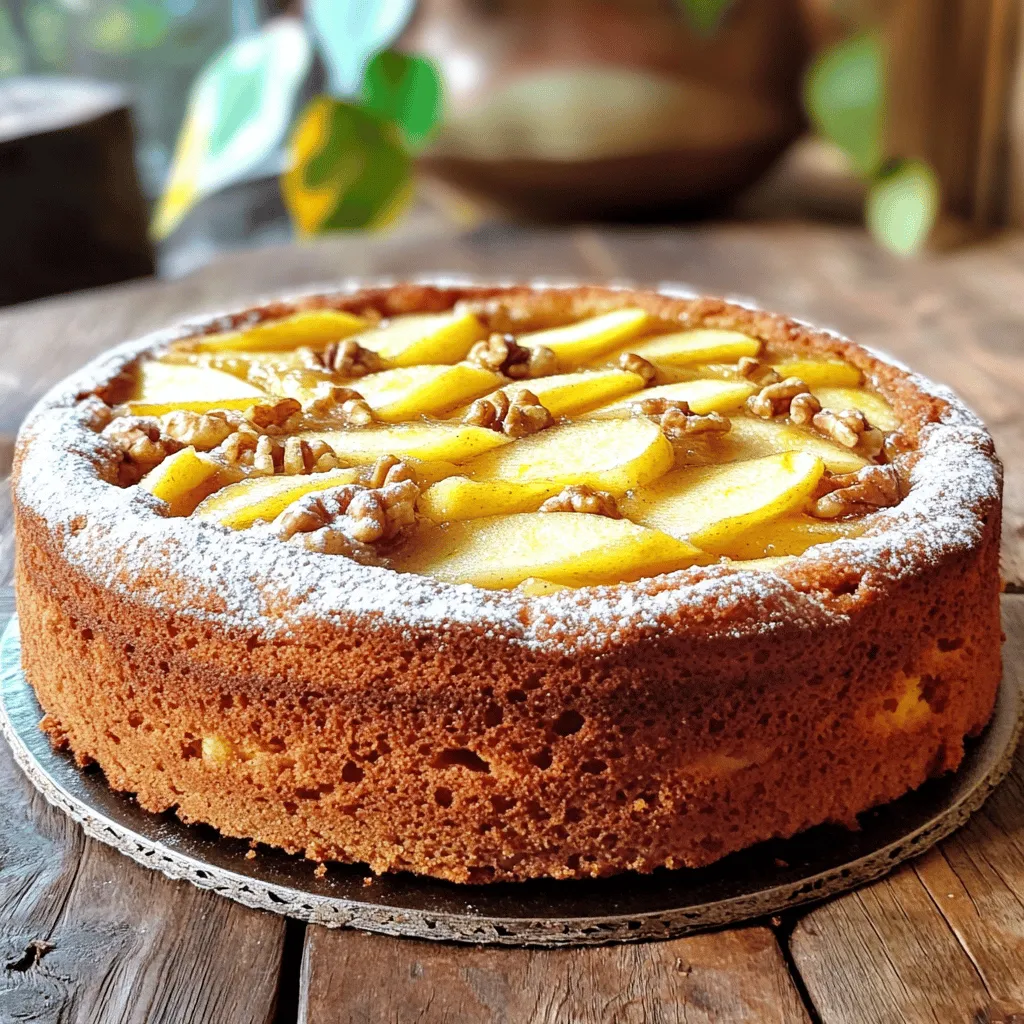ROASTED FLAVORS
Where bold flavors meet everyday meals. Warm, vibrant, and made to share. 🔥🥗🍴
BEST CATEGORIES
TRENDING
NEW RECIPES
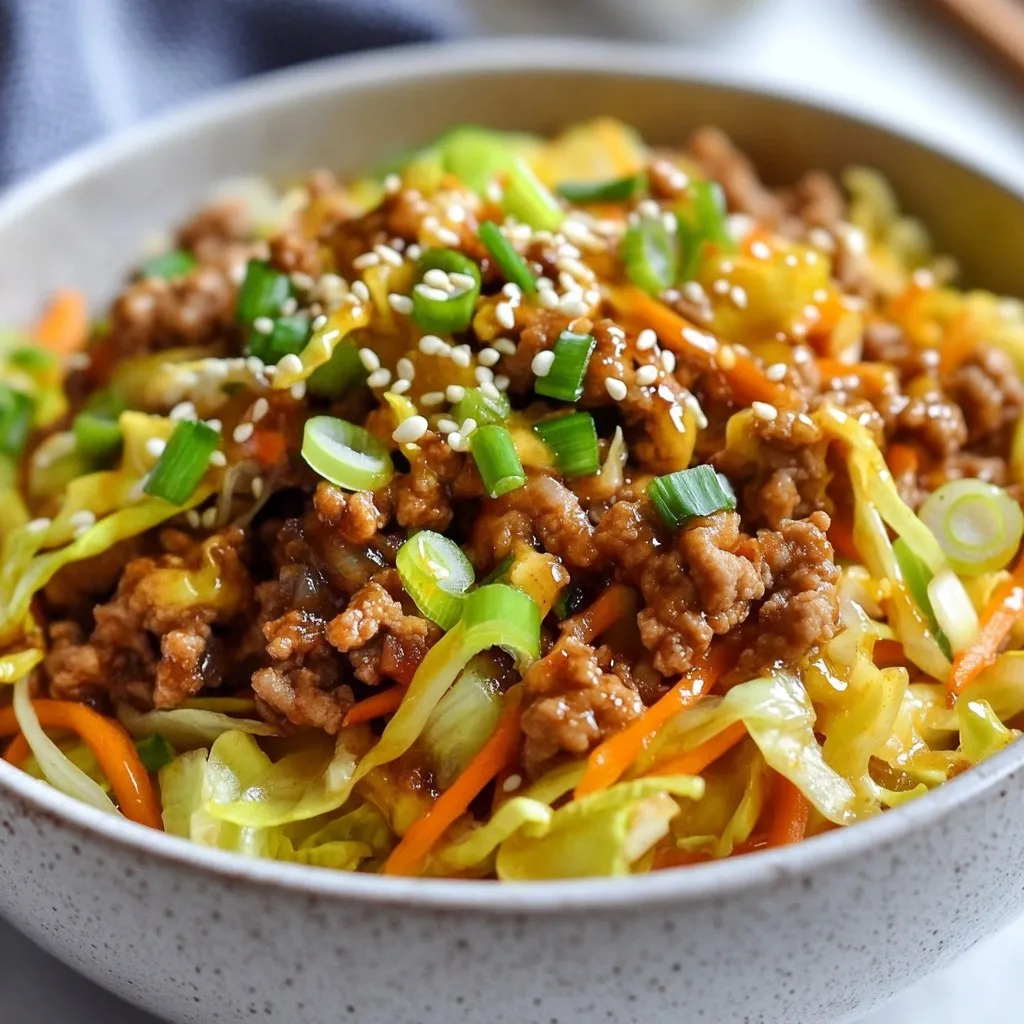
Low Carb Egg Roll in a Bowl Flavorful and Easy Recipe
Are you craving a delicious meal that fits your low-carb lifestyle? This Low Carb Egg Roll in a Bowl recipe is here to satisfy your

Creamy Chicken Tortilla Soup Easy and Delicious Recipe
Creamy Chicken Tortilla Soup is a warm hug in a bowl! This easy recipe combines tender chicken, savory spices, and fresh veggies for a meal
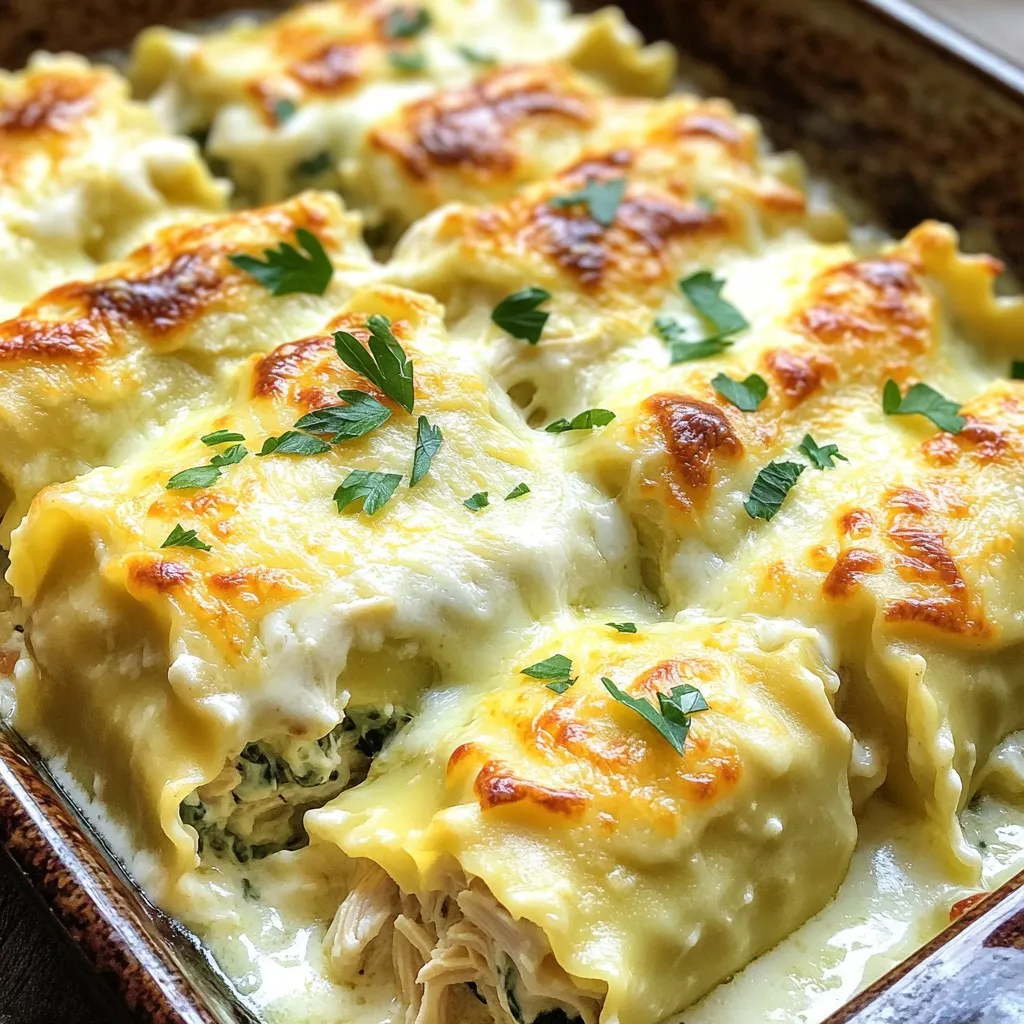
Cheesy Chicken Alfredo Lasagna Rolls Easy Recipe
Are you ready to take your dinner game to the next level? Cheesy Chicken Alfredo Lasagna Rolls are here to impress! This easy recipe combines
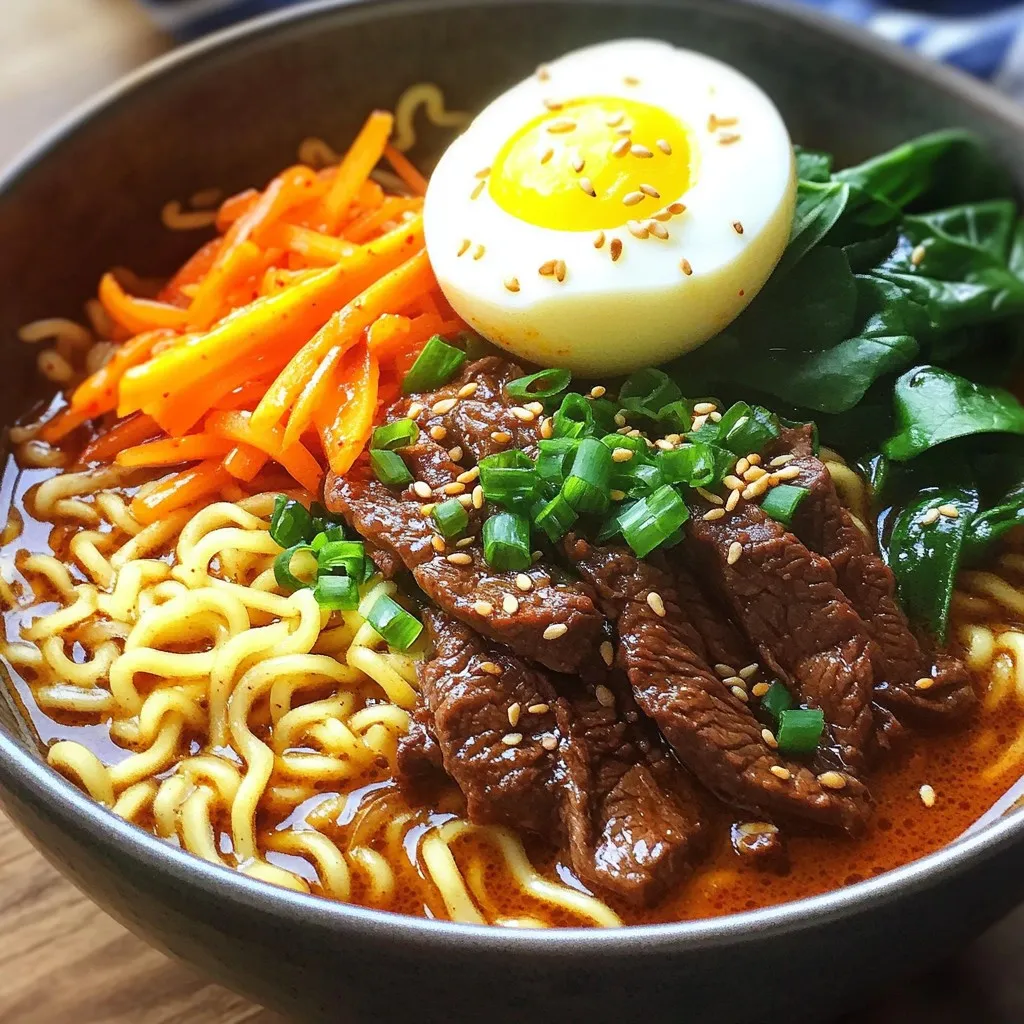
Spicy Korean Beef Ramen Flavorful and Simple Meal
Craving a warm bowl of comfort? My Spicy Korean Beef Ramen is both flavorful and simple to make! This dish combines tender beef, savory broth,

Chicken Pot Pie Soup Comforting and Hearty Meal
If you want a warm and filling meal, Chicken Pot Pie Soup is the answer. This dish brings all the cozy flavors of traditional chicken

Creamy Cajun Chicken Pasta Tasty Dinner Delight
Get ready for a flavorful evening with my Creamy Cajun Chicken Pasta! This dish combines spicy Cajun seasoning, tender chicken, and rich cream for an
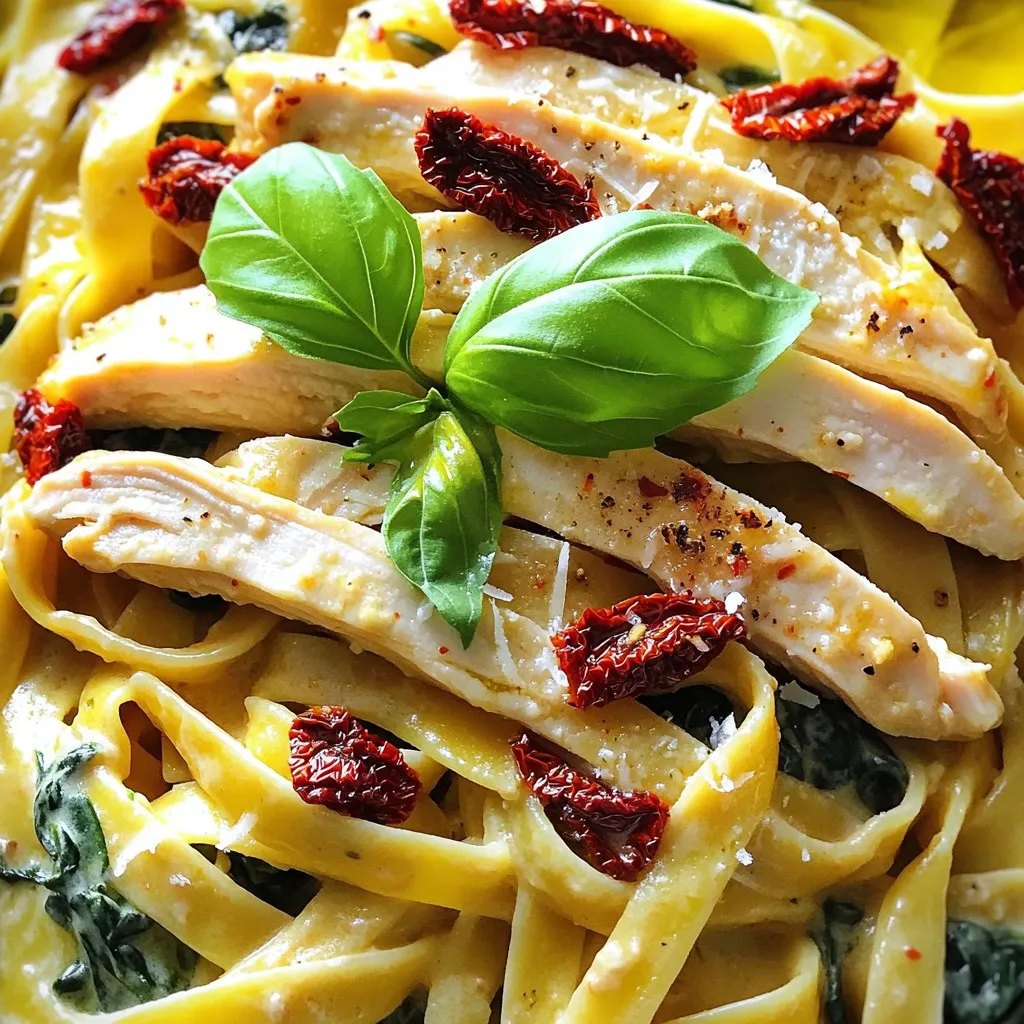
Marry Me Chicken Pasta Simple and Flavorful Recipe
Looking for a dish that’ll make your taste buds sing? Let me introduce you to Marry Me Chicken Pasta! This simple and flavorful recipe combines
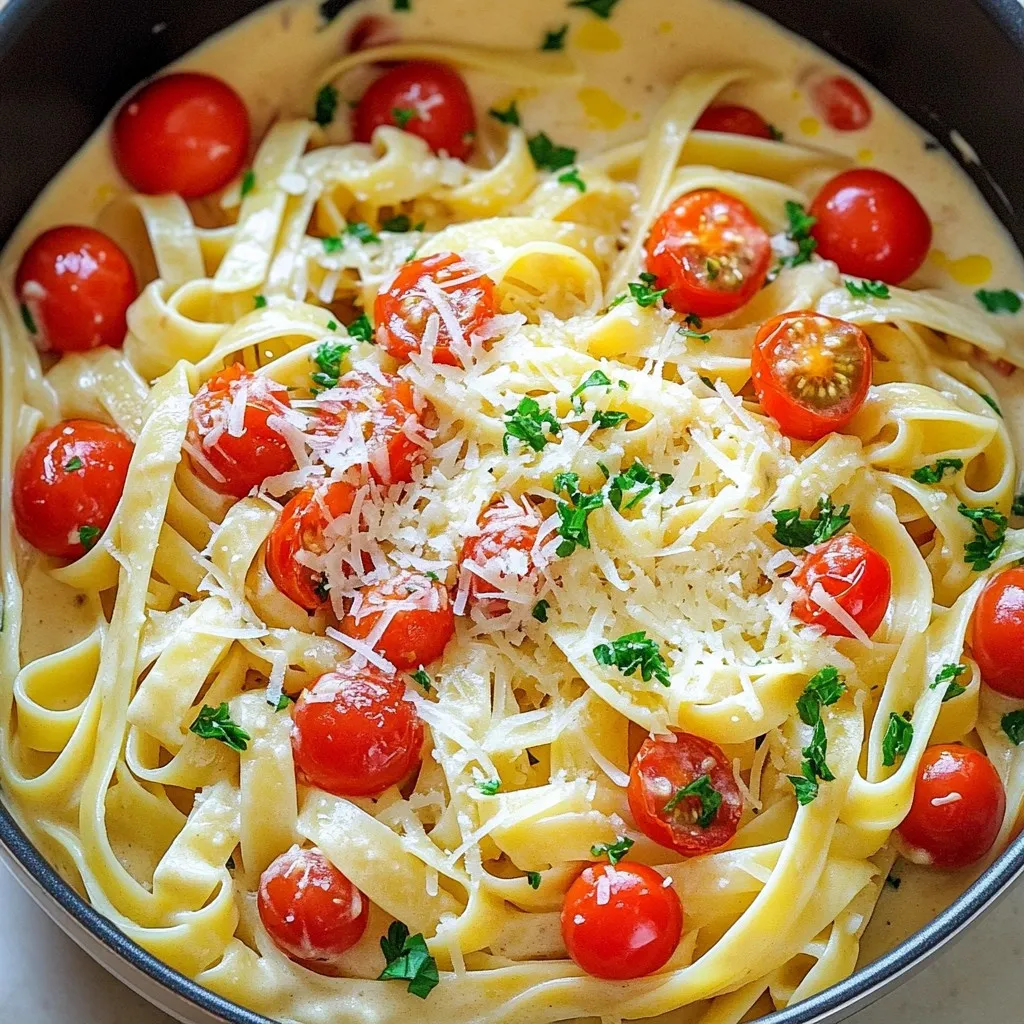
One Pot Creamy Garlic Parmesan Pasta Delightful Recipe
Do you crave a simple yet rich dinner? My One Pot Creamy Garlic Parmesan Pasta is the answer! With just a few ingredients and easy
. You can make tasty Air Fryer Cheeseburger Wraps with simple ingredients. Start with ground beef, tortillas, and cheese. Add flavorful spices and optional toppings to make it your own. The step-by-step guide helps you cook perfect patties and assemble wraps easily. Remember to avoid common mistakes to enjoy your meal fully. Store any leftovers properly for next time. These wraps offer fun variations and pair well with many sides. Get creative and enjoy every bite of your delicious creation!](https://roastedflavors.com/wp-content/uploads/2025/05/e7258cb6-c7dc-416d-b3b2-c687a0f67d17.webp)
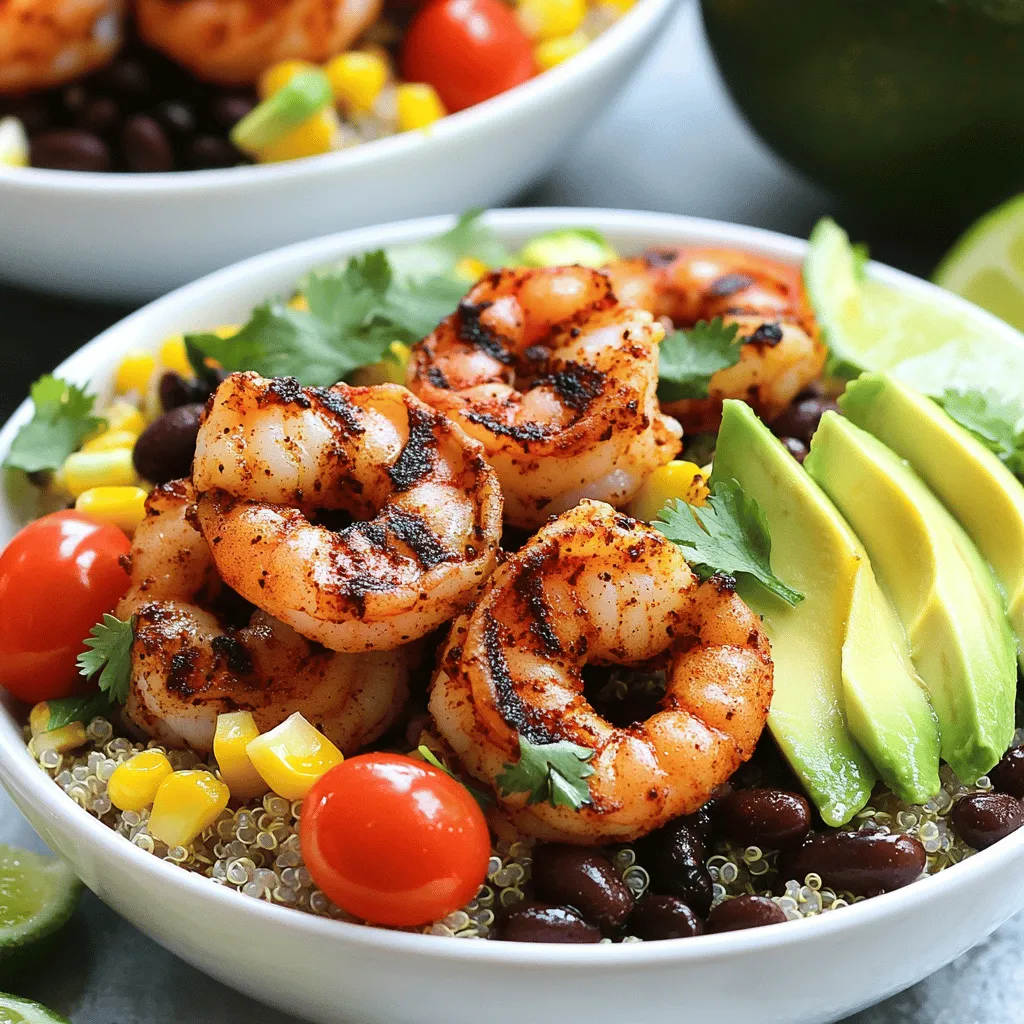
![- 4 large ripe tomatoes, halved - 1 small red onion, quartered - 2 cloves garlic, unpeeled - 1 jalapeño pepper, halved and deseeded (adjust based on heat preference) - 2 tablespoons extra virgin olive oil - 1/2 teaspoon ground cumin - 1/2 teaspoon smoked paprika - Salt and freshly ground black pepper, to taste - Juice of 1 lime - 1/4 cup fresh cilantro, finely chopped Using fresh ingredients makes a big difference. Ripe tomatoes bring sweetness and depth. A small red onion adds a nice bite without overpowering the dish. Garlic, when roasted, becomes sweet and creamy. The jalapeño gives a heat kick, but you can adjust it to your liking. Extra virgin olive oil ensures the veggies roast nicely. Ground cumin and smoked paprika add warmth and flavor. Salt and pepper are essential for balancing all the tastes. Fresh lime juice brightens everything up, while cilantro adds a fresh touch. For those looking to enhance flavors, consider adding: - A splash of vinegar for tanginess - A pinch of sugar to balance acidity - Diced bell pepper for extra crunch Spice measurements are important for the best results. Stick to the suggested amounts, but feel free to adjust based on your taste. This recipe is all about making it your own while keeping the essence of roasted tomato salsa. You can find the Full Recipe for detailed cooking steps. 1. Start by preheating your oven to 400°F (200°C). This heat is perfect for roasting. 2. Next, get a large baking sheet. Place the halved tomatoes cut-side up. Add the quartered red onion, unpeeled garlic cloves, and halved jalapeño. 3. Drizzle the vegetables with olive oil. Make sure they are well covered. Sprinkle ground cumin, smoked paprika, salt, and black pepper on top. This adds great flavor to each bite. 1. Roast the vegetables in your preheated oven for 20 to 25 minutes. Keep an eye on them. 2. The tomatoes should blister, the onion should soften, and the garlic should become tender and caramelized. This shows they are ready. 1. After roasting, take the baking sheet out of the oven. Let the vegetables cool for a few minutes. This makes them safer to handle. 2. Squeeze the garlic out of its skin into a blender. Add the roasted tomatoes, onion, and jalapeño as well. 3. Blend everything together until you reach your desired consistency. You can make it smooth or slightly chunky. 4. Finally, mix in fresh lime juice and chopped cilantro. Taste your salsa and adjust the seasoning if needed. 5. For the best flavor, let the salsa sit for 15 to 30 minutes. This allows the flavors to blend perfectly. 6. For the full recipe, check the details provided earlier. To make your roasted tomato salsa stand out, try adding spices. A pinch of oregano or chili powder can boost the flavor. You can also swap smoked paprika for regular paprika for a different taste. If you want more heat, leave some seeds in the jalapeño. For less heat, use a milder pepper like a poblano. Roasted tomato salsa is super versatile. Serve it with crispy tortilla chips for a classic snack. You can also use it as a fresh topping for grilled chicken or fish. Try it on tacos or even as a sauce for pasta. Pair it with guacamole for a fun dip platter. It adds a zesty punch to any dish! For the best roasting results, use ripe tomatoes. They’ll caramelize beautifully for a rich flavor. Make sure to spread the veggies out on the baking sheet. This helps them roast evenly. After making your salsa, store it in an airtight container. Keep it in the fridge for up to a week. For longer storage, freeze it in small portions. This way, you can enjoy it later. {{image_4}} You can easily change up your roasted tomato salsa. Adding fruits brings a fun twist. Try using mango or peach for a sweet flavor. These fruits enhance the salsa's taste and add color. You can also mix in beans for more texture. Black beans or white beans work well. They add protein and fiber, making the salsa heartier. You can prepare salsa in different ways. Grilling your veggies gives a smoky flavor. Just like roasting, grilling takes about the same time. If you prefer a fresher taste, you can make raw salsa. Raw salsa uses fresh tomatoes, onions, and peppers. It has a bright and zesty flavor. Cooked salsa, on the other hand, has a deeper taste due to roasting or grilling. Each method gives you a unique salsa experience. After making your roasted tomato salsa, store it properly to keep it fresh. - Refrigerating your roasted tomato salsa: Place your salsa in an airtight container. It can stay in the fridge for up to a week. Always use a clean spoon when scooping out salsa. This keeps germs away. - Freezing options for long-term storage: If you want to keep it longer, freeze your salsa. Use a freezer-safe container or a zip-top bag. Leave some space for the salsa to expand. It can last for about three months in the freezer. You may wonder how long roasted tomato salsa lasts. - How long does roasted tomato salsa last?: In the fridge, expect it to last about 5 to 7 days. In the freezer, it stays good for up to 3 months. - Signs of spoilage to watch out for: Check for changes in smell or color. If it smells sour or has a strange look, it’s time to toss it. Always trust your senses when it comes to food safety. Can I use canned tomatoes instead of fresh? Yes, you can use canned tomatoes. Choose high-quality canned tomatoes for the best flavor. However, fresh tomatoes give a better taste. How can I adjust the recipe for a larger batch? Simply double or triple the ingredient amounts. Keep the roasting time similar but check for doneness. Is it safe to eat salsa made with roasted garlic? Yes, roasted garlic is safe to eat. It becomes sweet and soft when cooked. What recipes can I use this salsa with? This salsa pairs well with tacos, grilled meats, and tortilla chips. You can also use it in salads or on sandwiches. How to keep salsa from getting watery? To avoid watery salsa, use firm tomatoes. You can also drain excess liquid before blending. Can I make roasted tomato salsa in advance? Yes, you can make salsa ahead of time. Store it in the fridge for up to three days. For the best flavor, let it sit for a while before serving. For the full recipe, check out the [Full Recipe]. We explored the key ingredients for roasted tomato salsa, including fresh and optional options. I shared step-by-step roasting and blending instructions to help you achieve the best flavor. Plus, I offered tips for enhancing taste, serving ideas, and storage techniques. Remember, you can customize your salsa with fruits or beans. Now, you have all you need to create delicious roasted tomato salsa. Enjoy experimenting in the kitchen!](https://roastedflavors.com/wp-content/uploads/2025/08/268c0c3d-cbb9-48bf-a522-08cf835d08b1.webp)

